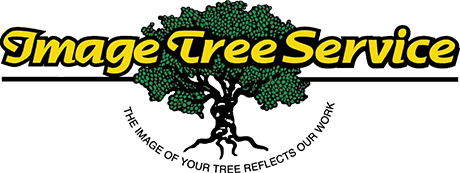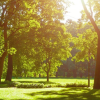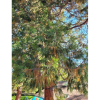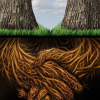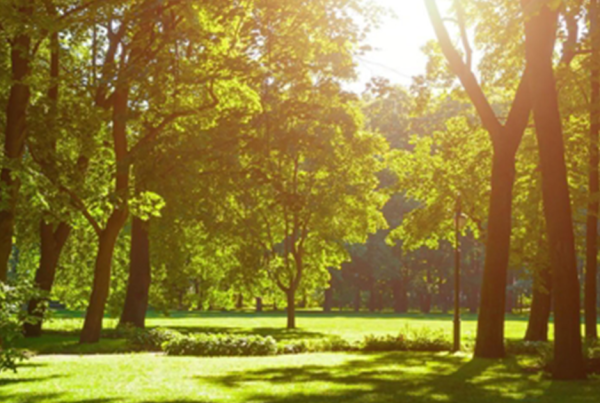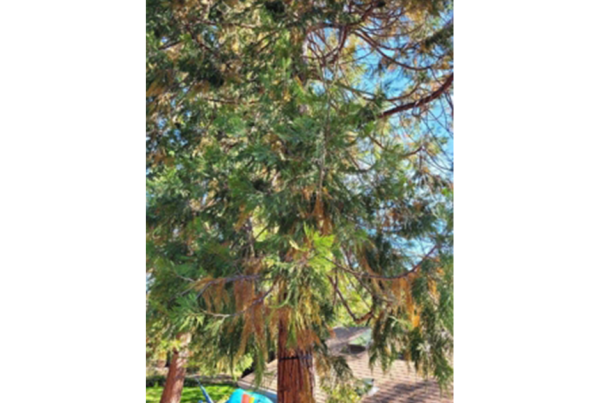
Identifying Tree Health: Dead vs. Dormant
Maintaining a healthy landscape starts with understanding the well-being of your trees. Trees can sometimes appear lifeless during colder months, but it’s important to differentiate between a dead tree and one that is simply dormant. In this guide, we’ll walk you through the key signs to help you assess your trees effectively and take the right steps for their care.
Recognizing Dormancy in Trees
Seasonal Changes and Dormancy
Trees have evolved remarkable survival strategies, one of which is entering a dormant state during the colder months. Dormancy allows them to conserve energy and withstand harsh weather conditions. In places like Windsor, CA, trees typically enter dormancy in late fall, staying in this resting phase until early spring. Deciduous trees, such as oaks and maples, drop their leaves and stop growing, while evergreens slow their metabolic processes. Recognizing these seasonal changes helps homeowners understand that dormancy is part of the natural cycle of tree life.
Key Signs of Dormancy
Identifying a dormant tree is easier than it might seem. Look for these signs:
- Buds on Branches: Dormant trees will have buds present on their branches, which are potential sources of new growth when conditions improve.
- Flexible Branches: If the branches are bendable and not brittle, the tree is likely alive.
- Healthy Bark: The bark should be intact and protective against the elements.
A simple and reliable method to confirm dormancy is the scratch test. By gently scratching the bark with your nail or a small knife, you should see green, moist tissue underneath, which indicates that the tree is still alive. These signs help distinguish dormancy from more concerning issues like disease or death.
Recognizing a Dead Tree
Visual Indicators of a Dead Tree
Dead trees, on the other hand, show clear signs of decline that are difficult to mistake for dormancy. These include:
- Brittle, Snap-able Branches: Dead branches snap easily, lacking flexibility.
- No Buds or Growth: Absence of new growth or buds is a strong indicator that the tree may be dead.
- Peeling or Cracked Bark: A tree that’s lost its vitality may exhibit damaged or peeling bark.
- Fungal Growth or Insect Infestation: The presence of mushrooms, conks, or other fungal growth, along with signs of insects like beetles, indicates rot and decay.
These symptoms suggest that the tree is no longer viable and may present safety risks, especially during storms or high winds.
Testing for Tree Vitality
To further assess the tree’s health, try these simple tests:
- Branch Bend Test: Gently bend a branch. If it snaps easily, the tree may be dead.
- Root Health: Healthy tree roots should be firm and free from rot or damage. A compromised root system can lead to instability and tree failure.
By performing these tests, you can determine whether your tree needs attention or removal.
Environmental and Biological Factors
Weather’s Impact on Tree Health
Weather plays a significant role in tree health, especially in regions like Windsor, CA, where temperature fluctuations can stress trees. Events such as droughts or freezes may temporarily harm trees and cause symptoms similar to those of dead trees. For example:
- Drought can lead to dehydration, causing leaf drop and a stressed appearance.
- Freezes can cause frost damage, potentially harming branches and foliage.
Recognizing these conditions helps you differentiate between temporary weather-related stress and permanent damage, allowing for better decision-making regarding tree care.
Pests and Diseases
Pests and diseases are often significant contributors to tree decline. Common threats include:
- Bark Beetles: These pests feed on tree tissue, weakening the tree.
- Root Rot and Canker: These diseases can destroy a tree from the inside out, often going unnoticed until the damage is severe.
Regularly inspecting your trees for signs of pests (such as holes in the bark) or unusual changes (like discolored or wilting leaves) is crucial for early intervention.
Maintenance and Care for Tree Health
Watering for Optimal Health
Proper watering is essential for maintaining healthy trees, especially in areas like Windsor, CA, where summers can be hot and dry. Use deep watering techniques during dry periods to ensure that water reaches the root zone. Be careful not to overwater in the dormant season, as excessive moisture can lead to root rot. Monitoring soil moisture and adjusting your watering schedule is key to tree health.
Pruning and Fertilization
Regular pruning removes dead or diseased branches, improving airflow and reducing infection risks. Pruning also encourages healthy new growth. Fertilizing your trees helps ensure they receive the nutrients they need, especially during dormancy when nutrient uptake is limited. Consult with a local arborist to determine the best pruning and fertilization schedule for your specific tree species and environment.
When to Seek Professional Help
Consulting an Arborist
There are times when a professional assessment is needed to ensure your tree’s health and safety. Consulting an arborist is especially important if your tree shows signs of severe damage, structural instability, or pest infestation. A certified arborist can accurately diagnose the issue and recommend treatments.
In Windsor, CA, local arborists are familiar with the area’s climate and tree species, ensuring tailored solutions for your landscape’s needs.
Tree Removal Considerations
Sometimes, removal may be the best option for a dead or severely damaged tree. A compromised tree can pose safety risks to your property and family. Before removing a tree, make sure you understand the local regulations regarding tree removal, especially if it involves protected species. Professional arborists will handle all aspects of tree removal, ensuring compliance with local laws and minimizing the impact on your landscape.
If you’re concerned about the health of your trees or need expert guidance, Image Tree Service in Windsor, CA, is here to help. Our team of certified arborists is ready to assess your trees and provide the necessary care or removal services to keep your landscape safe and beautiful. Contact us today to schedule your consultation!
